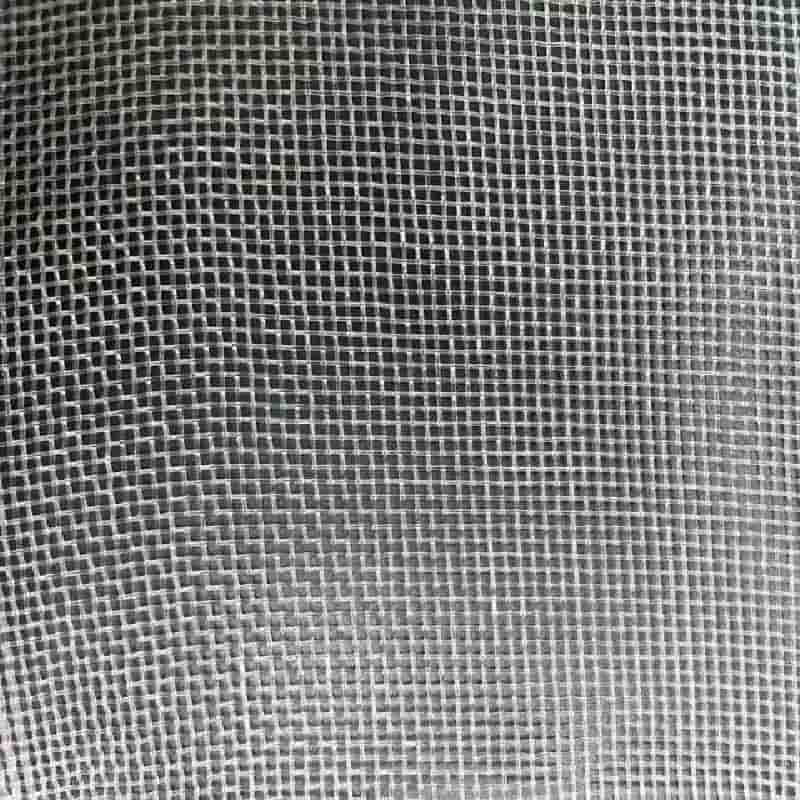-
 Afrikaans
Afrikaans -
 Albanian
Albanian -
 Amharic
Amharic -
 Arabic
Arabic -
 Armenian
Armenian -
 Azerbaijani
Azerbaijani -
 Basque
Basque -
 Belarusian
Belarusian -
 Bengali
Bengali -
 Bosnian
Bosnian -
 Bulgarian
Bulgarian -
 Catalan
Catalan -
 Cebuano
Cebuano -
 China
China -
 Corsican
Corsican -
 Croatian
Croatian -
 Czech
Czech -
 Danish
Danish -
 Dutch
Dutch -
 English
English -
 Esperanto
Esperanto -
 Estonian
Estonian -
 Finnish
Finnish -
 French
French -
 Frisian
Frisian -
 Galician
Galician -
 Georgian
Georgian -
 German
German -
 Greek
Greek -
 Gujarati
Gujarati -
 Haitian Creole
Haitian Creole -
 hausa
hausa -
 hawaiian
hawaiian -
 Hebrew
Hebrew -
 Hindi
Hindi -
 Miao
Miao -
 Hungarian
Hungarian -
 Icelandic
Icelandic -
 igbo
igbo -
 Indonesian
Indonesian -
 irish
irish -
 Italian
Italian -
 Japanese
Japanese -
 Javanese
Javanese -
 Kannada
Kannada -
 kazakh
kazakh -
 Khmer
Khmer -
 Rwandese
Rwandese -
 Korean
Korean -
 Kurdish
Kurdish -
 Kyrgyz
Kyrgyz -
 Lao
Lao -
 Latin
Latin -
 Latvian
Latvian -
 Lithuanian
Lithuanian -
 Luxembourgish
Luxembourgish -
 Macedonian
Macedonian -
 Malgashi
Malgashi -
 Malay
Malay -
 Malayalam
Malayalam -
 Maltese
Maltese -
 Maori
Maori -
 Marathi
Marathi -
 Mongolian
Mongolian -
 Myanmar
Myanmar -
 Nepali
Nepali -
 Norwegian
Norwegian -
 Norwegian
Norwegian -
 Occitan
Occitan -
 Pashto
Pashto -
 Persian
Persian -
 Polish
Polish -
 Portuguese
Portuguese -
 Punjabi
Punjabi -
 Romanian
Romanian -
 Russian
Russian -
 Samoan
Samoan -
 Scottish Gaelic
Scottish Gaelic -
 Serbian
Serbian -
 Sesotho
Sesotho -
 Shona
Shona -
 Sindhi
Sindhi -
 Sinhala
Sinhala -
 Slovak
Slovak -
 Slovenian
Slovenian -
 Somali
Somali -
 Spanish
Spanish -
 Sundanese
Sundanese -
 Swahili
Swahili -
 Swedish
Swedish -
 Tagalog
Tagalog -
 Tajik
Tajik -
 Tamil
Tamil -
 Tatar
Tatar -
 Telugu
Telugu -
 Thai
Thai -
 Turkish
Turkish -
 Turkmen
Turkmen -
 Ukrainian
Ukrainian -
 Urdu
Urdu -
 Uighur
Uighur -
 Uzbek
Uzbek -
 Vietnamese
Vietnamese -
 Welsh
Welsh -
 Bantu
Bantu -
 Yiddish
Yiddish -
 Yoruba
Yoruba -
 Zulu
Zulu
plastic safety netting
Understanding Plastic Safety Netting An Essential Tool for Safety and Versatility
In an era where safety and environmental sustainability are paramount, plastic safety netting has emerged as a vital component across various industries. From construction sites to sports facilities, this versatile material is designed to provide protection and ensure compliance with safety regulations. This article delves into the benefits, applications, and considerations surrounding plastic safety netting.
The Composition and Features of Plastic Safety Netting
Plastic safety netting is typically made from high-density polyethylene (HDPE) or polypropylene fibers. These materials are chosen for their durability, strength, and resistance to weather elements such as UV radiation and moisture. Unlike traditional metal safety nets, plastic nets are lightweight, making them easy to transport and install. Additionally, they come in various colors and mesh sizes, allowing users to select the most suitable option for their specific needs.
One of the most notable features of plastic safety netting is its ability to withstand significant tension and impact. This characteristic makes it an ideal choice for applications that require a robust barrier, such as preventing falls, protecting work areas, and enclosing hazardous zones. Furthermore, the netting is often designed to be flame-retardant, adding an extra layer of safety in environments where fire hazards are present.
Applications of Plastic Safety Netting
The applications of plastic safety netting are vast and varied. In the construction industry, it plays an essential role in maintaining safety standards. It is commonly used for scaffolding systems to guard against debris falling from heights and to keep unauthorized personnel out of hazardous areas. By installing plastic safety netting, construction companies not only protect their workers but also minimize risks to bystanders.
In addition to construction, plastic safety netting is widely utilized in agricultural settings
. Farmers use it to protect crops from birds and other pests, ensuring a higher yield and less spoilage. The netting can also be employed to create protective enclosures around valuable plants, preventing damage from the wind or heavy rains.plastic safety netting

Sports facilities, particularly those that host activities like football, baseball, and tennis, also benefit from the use of plastic safety netting. It acts as a barrier to keep spectators safe from stray balls and to ensure that athletes are not obstructed during play. Moreover, outdoor recreational areas frequently use this netting to separate trails, play areas, and natural landscapes, enhancing the user experience while maintaining safety.
Environmental Considerations
As conversations around sustainability and eco-friendliness intensify, the production and disposal of plastic safety netting have raised questions. Many manufacturers are now focusing on creating recyclable products or using recycled materials to minimize environmental impact. The ability to recycle plastic safety netting reduces the volume of waste in landfills and contributes to a circular economy.
However, users must still consider the longevity of the netting and its proper disposal. While plastic safety netting is designed to be sturdy, it can eventually deteriorate, especially when subjected to harsh weather or intense sunlight. Users should follow manufacturer guidelines for replacement and disposal, ensuring that waste is managed responsibly in line with environmental standards.
Conclusion
Plastic safety netting has proven itself to be an invaluable asset in promoting safety across various sectors. Its strength, versatility, and affordability make it a preferred choice for contractors, farmers, and sports facility managers alike. As the demand for environmentally friendly materials grows, it is crucial for manufacturers and consumers to embrace sustainable practices related to production, usage, and disposal.
By understanding the benefits and applications of plastic safety netting, businesses and individuals can make informed decisions that prioritize safety while also considering their environmental impact. As we continue to navigate the challenges of modern industry and recreational activities, plastic safety netting will undoubtedly remain a key player in safeguarding people and property.
-
Shipping Plastic Bags for Every NeedNewsJul.24,2025
-
Safety Netting: Your Shield in ConstructionNewsJul.24,2025
-
Plastic Mesh Netting for Everyday UseNewsJul.24,2025
-
Nylon Netting for Every UseNewsJul.24,2025
-
Mesh Breeder Box for Fish TanksNewsJul.24,2025
-
Expanded Steel Mesh Offers Durable VersatilityNewsJul.24,2025











